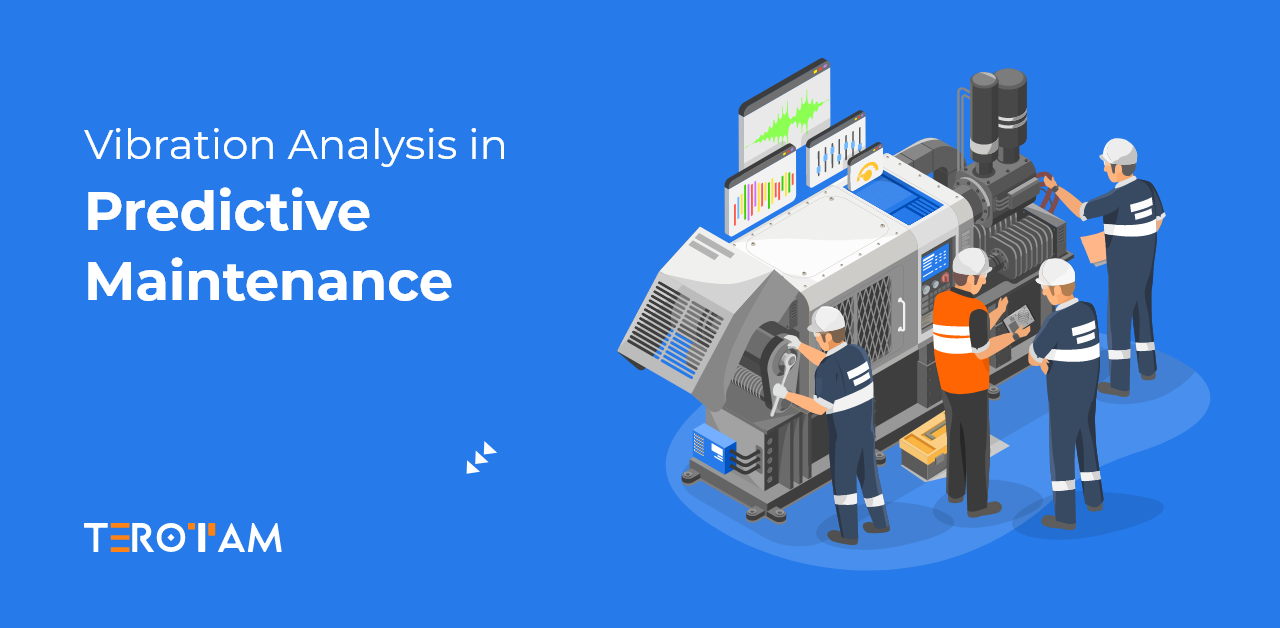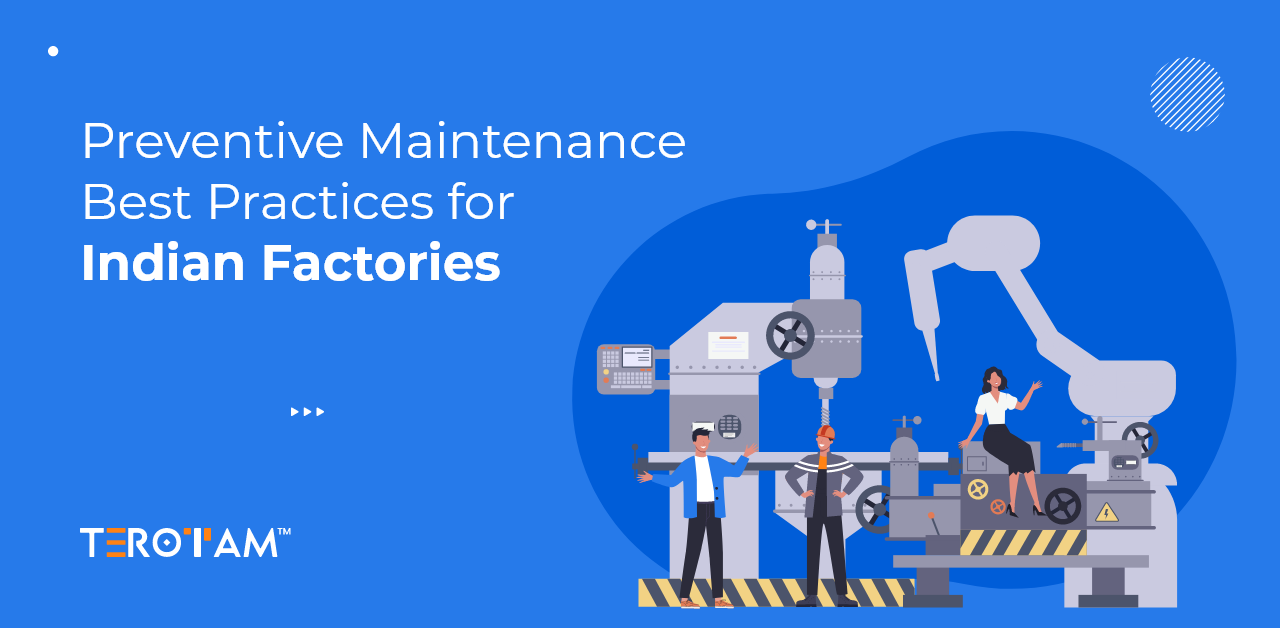Keeping machinery in top shape is crucial for any business. To avoid unexpected breakdowns and costly repairs, many companies are turning to predictive maintenance. This approach helps spot potential problems before they become serious.
Vibration analysis is a key player in this proactive strategy. It tracks the vibrations of machinery such as motors and bearings to identify early signs of wear or malfunction. Catching early issues early helps prevent expensive repairs and downtime. Enhanced by IoT technology, vibration analysis now offers real-time data, making it easier to maintain equipment efficiently and keep operations running smoothly.
In this article, we’ll explore how vibration analysis works, its role in predictive maintenance, and the valuable insights it provides to keep your machinery in optimal condition.
What is Vibration Analysis?
Vibration analysis is a monitoring technique used to detect and analyze the vibrations of machinery. Every mechanical component, such as motors, pumps, and gearboxes, has a typical vibration signature during normal operations. When there’s a deviation from this signature, it often indicates wear, imbalance, misalignment, or other potential faults. Continuous monitoring of vibration patterns allows maintenance teams to identify these issues before they lead to costly breakdowns.
How Does It Work?
Vibration analysis relies on sensors (accelerometers) that measure the frequency and amplitude of vibrations in machinery. These sensors capture vibrations and convert them into data. The data is then analyzed to detect anomalies that indicate potential mechanical issues. The analysis focuses on parameters like velocity, displacement, and acceleration, which help technicians determine the severity and location of any detected problems.
- Install Sensors: Place sensors on key machinery components to measure vibrations.
- Collect Data: Sensors gather vibration data, including frequency and amplitude.
- Transmit Data: Data is sent to a central system, often in real-time with IoT technology.
- Analyze Data: Specialized software analyzes the data to identify patterns and deviations.
- Detecting Issues: The analysis reveals potential problems like imbalance or wear.
- Generate Reports: Reports and alerts are created to inform maintenance teams.
- Plan Maintenance: Use insights to schedule maintenance and prevent equipment failures.
Use IoT for Vibration Analysis
The integration of the Internet of Things (IoT) into vibration analysis has further enhanced its efficiency. IoT-enabled sensors can continuously monitor equipment vibrations in real-time and transmit data to a central system for analysis. With cloud-based systems, the collected vibration data is processed using advanced analytics and machine learning algorithms, allowing for more accurate and timely fault detection.
Additionally, IoT systems enable remote monitoring, making it easier to manage equipment in distant or hard-to-access locations.
Role of Vibration Analysis in Predictive Maintenance
Vibration analysis is essential for predictive maintenance, offering deep insights into the health of machinery. It helps detect and address potential issues before they lead to costly failures. This proactive approach not only enhances the reliability of equipment but also optimizes maintenance efforts and reduces operational disruptions.
Here’s how vibration analysis plays a key role in predictive maintenance:
1. Early Fault Detection
Vibration analysis uses advanced techniques to monitor and measure vibrations in equipment. By identifying changes in vibration patterns, it can detect potential issues such as misalignment, imbalance, or bearing wear before they cause major failures. This early detection helps prevent unexpected breakdowns and reduces downtime.
2. Accurate Diagnostics
Using methods like Fast Fourier Transform (FFT), vibration analysis breaks down vibration signals into their frequency components. This detailed analysis helps identify specific types of faults, such as gear wear or imbalance, allowing for precise targeting of maintenance efforts.
3. Trend Monitoring and Prognostics
With the data driven comparison of current vibration data with historical trends, vibration analysis tracks how equipment conditions change over time. This trend monitoring helps predict when maintenance will be needed, based on the progression of wear and tear, ensuring timely interventions before problems become critical.
4. Optimized Maintenance Scheduling
Vibration analysis enables maintenance to be scheduled based on the actual condition of the equipment rather than fixed intervals. This approach ensures that maintenance is performed only when necessary, reducing unnecessary work and extending the life of the machinery.
5. Improved Operational Efficiency
Keeping machinery within optimal vibration limits helps ensure smooth and efficient operation. Vibration analysis helps prevent issues like misalignment and excessive vibrations, which can disrupt operations and lead to increased energy consumption and reduced productivity.
Summing it up
Vibration analysis is a cornerstone of predictive maintenance, offering valuable insights into the condition of machinery. Its ability to detect issues early, combined with IoT technology, makes it an indispensable tool for modern industrial operations.
Want to know more about vibration analysis in predictive maintenance? – Let’s talk or drop us a line at contact@terotam.com









